Rice Pasta :
Introduction :
Rice pasta is a fantastic alternative to traditional wheat-based pasta. It is made from rice flour and is naturally gluten-free, making it a great option for people with gluten intolerance or celiac disease. Rice pasta has a mild taste and can be used in a variety of dishes, from classic pasta recipes to Asian-inspired meals.
In this blog, we will explore the benefits of rice pasta, its nutritional value, how to cook it perfectly, and some delicious recipes you can try at home.
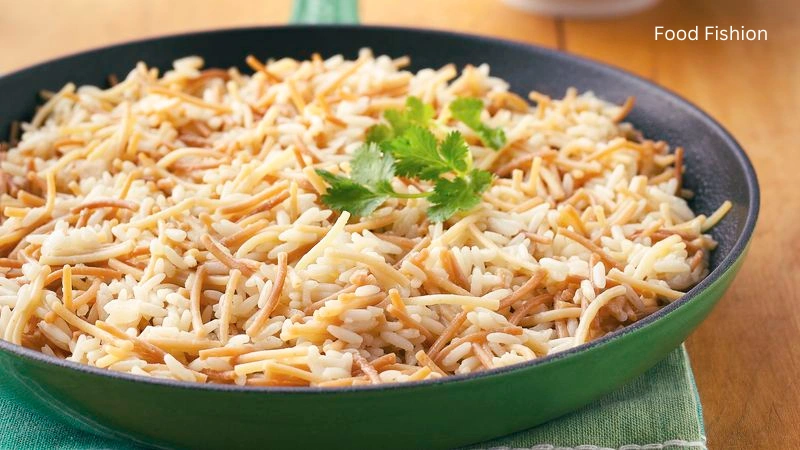
What is Rice Pasta?
Rice pasta is a type of noodle or pasta made from rice flour. It is commonly used in Asian cuisines, especially in Thai, Chinese, and Vietnamese dishes. In recent years, rice pasta has become popular in Western diets due to its gluten-free nature and health benefits.
Rice pasta is available in various forms, such as spaghetti, fettuccine, penne, and even rice noodles used in soups and stir-fries.
Benefits of Rice Pasta :
1. Gluten-Free :
Rice pasta is naturally free from gluten, which makes it a great choice for individuals with gluten sensitivity or celiac disease.
2. Easy to Digest :
Rice is known to be easy on the digestive system, making rice pasta a suitable choice for people with sensitive stomachs.
3. Low in Allergens :
Unlike wheat or egg-based pasta, rice pasta is hypoallergenic and is unlikely to cause allergic reactions.
4. Light and Healthy :
Rice pasta is lower in calories and fat compared to traditional pasta, making it an excellent choice for those looking to maintain a healthy diet.
5. Versatile and Tasty :
Rice pasta absorbs flavors well and can be used in a variety of recipes, including Italian, Asian, and fusion cuisines.
Nutritional Value of Rice Pasta :
Rice pasta is a good source of carbohydrates, providing energy for daily activities. It contains fewer calories than traditional wheat pasta, making it a good option for weight-conscious individuals. Additionally, rice pasta is cholesterol-free and low in fat, making it heart-friendly.
Here’s a rough breakdown of rice pasta’s nutritional value per 100 grams:
- Calories: 190-200 kcal
- Carbohydrates: 42-45g
- Protein: 3-5g
- Fat: 0.5-1g
- Fiber: 1-2g
How to Cook Rice Pasta Perfectly :
Cooking rice pasta properly is essential to achieving the right texture. Here’s a step-by-step guide:
Ingredients:
- 250g rice pasta
- 4 cups of water
- 1 teaspoon salt
- 1 teaspoon olive oil (optional)
Instructions:
- Bring 4 cups of water to a rolling boil in a large pot.
- Add salt to the boiling water.
- Slowly add the rice pasta and stir gently to prevent sticking.
- Cook according to the package instructions (usually 8-12 minutes) until the pasta is tender but firm (al dente).
- Drain the pasta and rinse it with cold water to remove excess starch and prevent clumping.
- Toss with a little olive oil to keep the pasta from sticking together.
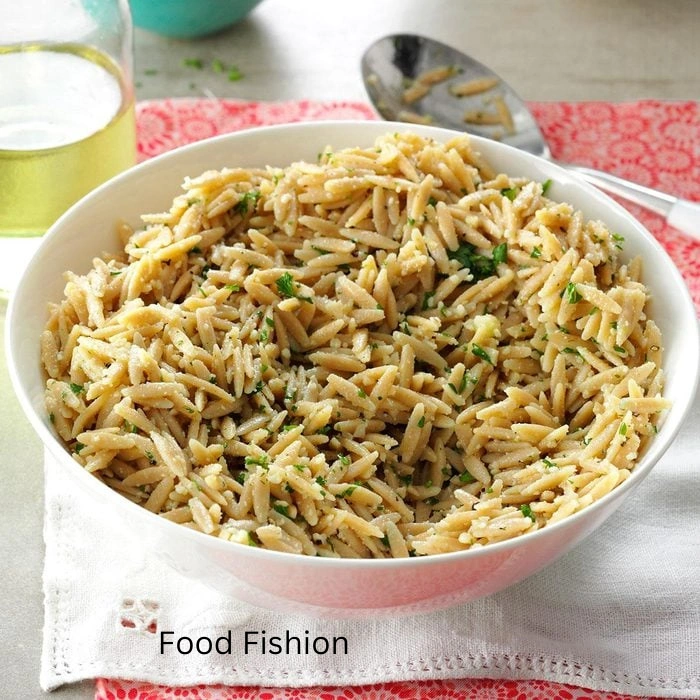
Rice Pasta Recipes :
1. Classic Rice Pasta with Tomato Sauce :
Ingredients:
- 250g rice pasta
- 2 tablespoons olive oil
- 1 onion (finely chopped)
- 2 garlic cloves (minced)
- 2 cups tomato sauce
- 1 teaspoon dried basil
- 1 teaspoon dried oregano
- Salt and pepper to taste
- Parmesan cheese (optional)
Instructions:
- Cook the rice pasta as per the instructions above.
- Heat olive oil in a pan over medium heat.
- Add the chopped onion and sauté until translucent.
- Add the minced garlic and sauté for another minute.
- Pour in the tomato sauce and add basil, oregano, salt, and pepper.
- Simmer the sauce for 10 minutes.
- Add the cooked pasta to the sauce and toss well.
- Serve hot, garnished with grated Parmesan cheese if desired.
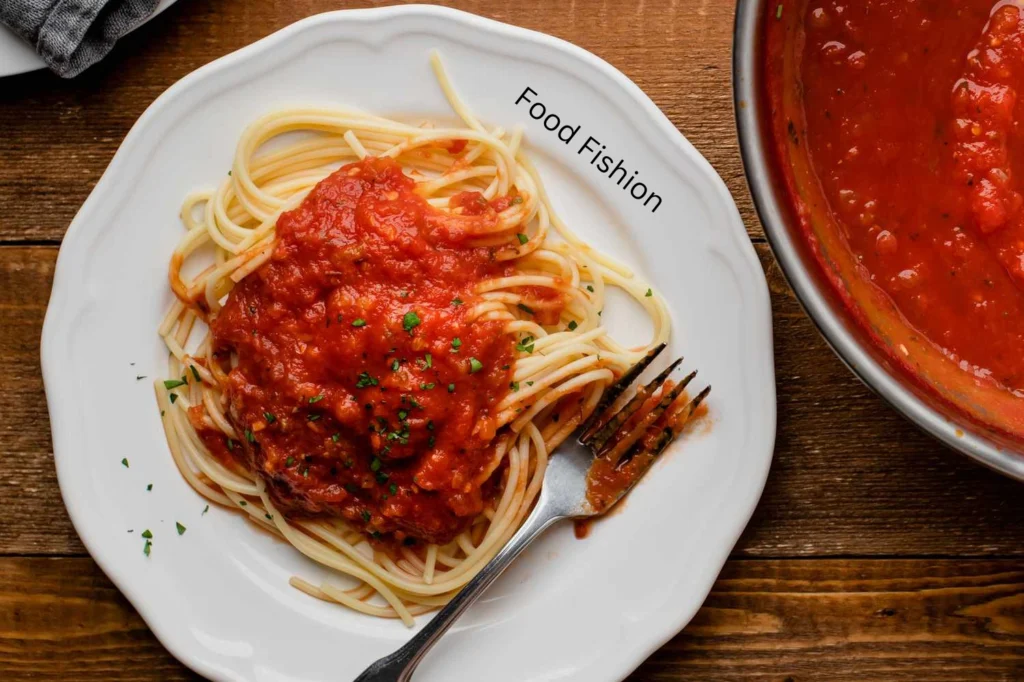
2. Rice Pasta with Garlic and Butter :
Ingredients:
- 250g rice pasta
- 3 tablespoons butter
- 4 garlic cloves (minced)
- 1/2 teaspoon red pepper flakes
- 1/4 cup fresh parsley (chopped)
- Salt and pepper to taste
- Grated Parmesan cheese (optional)
Instructions:
- Cook the rice pasta and set it aside.
- In a pan, melt the butter over medium heat.
- Add the minced garlic and red pepper flakes. Sauté for about a minute until fragrant.
- Add the cooked pasta and toss to coat it with the butter and garlic mixture.
- Season with salt and pepper.
- Sprinkle with fresh parsley and Parmesan cheese before serving.
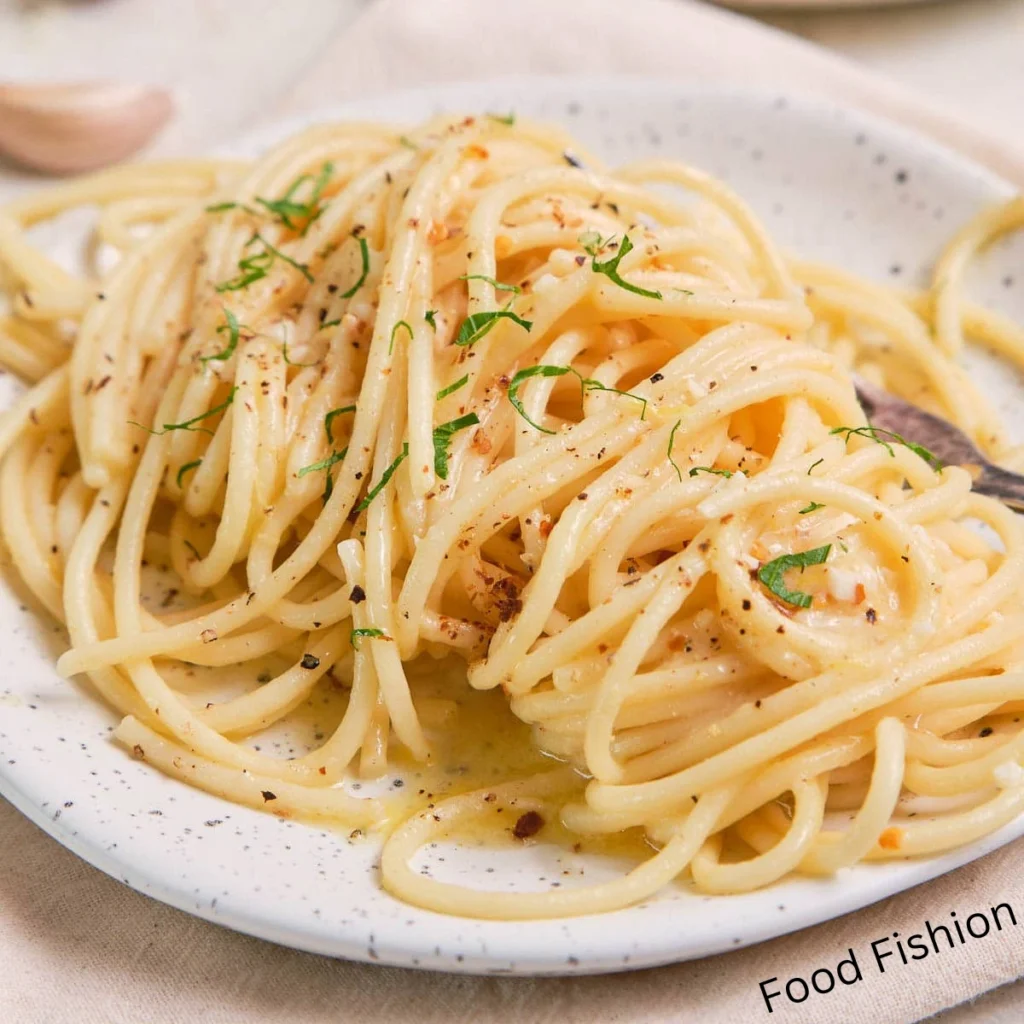
3. Asian-Inspired Rice Pasta Stir-Fry :
Ingredients:
- 250g rice pasta
- 2 tablespoons sesame oil
- 1 bell pepper (sliced)
- 1 carrot (julienned)
- 1 cup broccoli florets
- 2 garlic cloves (minced)
- 2 tablespoons soy sauce
- 1 tablespoon oyster sauce (optional)
- 1 teaspoon honey or brown sugar
- 1/2 teaspoon ginger (grated)
- 1 tablespoon sesame seeds (for garnish)
Instructions:
- Cook the rice pasta and set it aside.
- Heat sesame oil in a wok or large pan.
- Add the garlic and ginger, sauté for a few seconds.
- Add bell pepper, carrot, and broccoli. Stir-fry for 3-4 minutes until slightly tender.
- In a small bowl, mix soy sauce, oyster sauce, and honey.
- Add the cooked pasta to the pan and pour in the sauce mixture.
- Toss everything together and cook for another 2 minutes.
- Garnish with sesame seeds and serve hot.
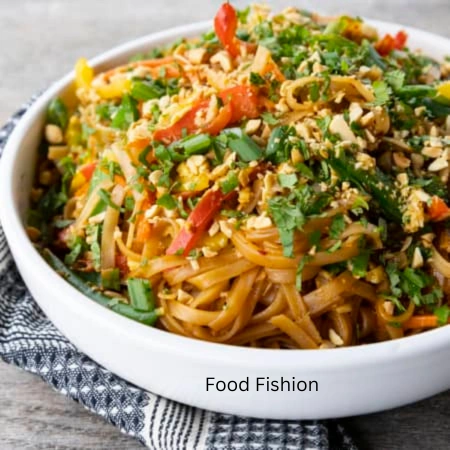
Conclusion :
Rice pasta is a delicious, healthy, and gluten-free alternative to traditional pasta. It is easy to cook and pairs well with a variety of sauces and ingredients. Whether you prefer a classic tomato-based pasta, a simple garlic butter dish, or an Asian stir-fry, rice pasta is a versatile choice for any meal.
Try these recipes at home and enjoy the delightful taste of rice pasta. Let us know in the comments which one is your favorite!
